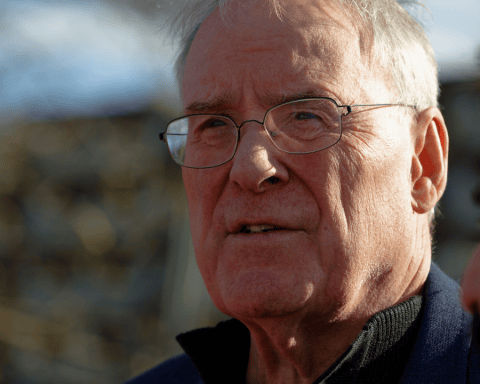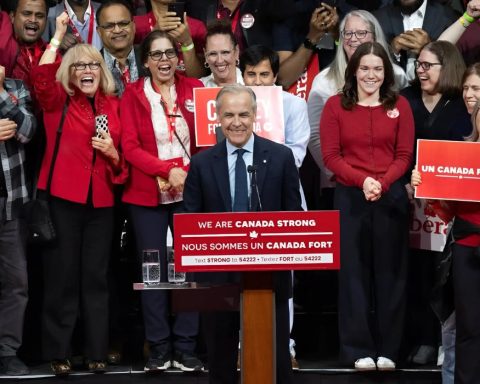The steep drop in greenhouse gas emissions resulting from the COVID-19 pandemic could make 2019 the peak year for GHGs, but only if governments around the world adopt ambitious economic recovery policies that accelerate the clean energy transition, the executive director of the International Energy Agency said last week.
The IEA’s Fatih Birol addressed the first Clean Energy Transitions Summit, a virtual meeting that drew energy ministers from 40 countries, leaders from business and non-government organizations, and 500,000 viewers worldwide.
Birol said the pandemic and the resulting global economic shutdown precipitated a sharp drop in energy demand this year, as well as in GHGs, though he did not offer a figure.
“Whether this decline will rebound or not is something you ministers will decide with the policies you put in place,” he told the online conference.
Backed by the International Monetary Fund, the IEA is urging governments to pursue large spending programs to spur economic recovery while speeding up investment in and adoption of zero-emission energy systems. The Paris-based agency recommends allocating funds to energy efficiency, renewable power generation, innovative nuclear technology, electrification of transportation and home heating, and both natural and technological means of capturing and storing carbon dioxide.
Canada’s Natural Resources Minister Seamus O’Regan told the conference that the Liberal government is determined to put the country on a path that will result in net-zero emissions by 2050 but must also ensure the transition doesn’t impose an undue burden on families that depend on the fossil fuel sector.
“As we lower our emissions, we want to resolve that those working in high-emitting, non-renewable energy sectors are not left behind,” said O’Regan, whose own home province, Newfoundland and Labrador, relies heavily on the offshore oil industry.
“Those who feel they have been left behind are going to cling to the familiar. They will choose governments and policies rooted in the status quo, resisting the urgency of climate change and resisting the change that is vital to confront it.”
O’Regan chaired a session on “inclusive and equitable recovery” in which he addressed the need for regions and workers who rely on the fossil fuel sector to be included in the clean-energy transition.
Christiana Figueres, a former United Nations climate chief, had a different take on diversity and inclusion. She said failure to confront global warming would “condemn those in poverty now to deeper poverty and pull millions more into that hole.”
A series of energy ministers from the 40 countries, which together represent 80% of global energy demand, proclaimed their intent to accelerate investments in clean energy systems, though many of those countries – especially in Asia and Africa – continue to build new coal-fired power plants. Few have taken the steps necessary to meet the Paris Agreement commitment of limiting global warming to 2 degrees Celsius, let alone the 1.5 degree limit that the Intergovernmental Panel on Climate Change says is necessary to avert more catastrophic impacts.
Birol said investment in developing and deploying clean energy technology must increase by fourfold to meet that goal.
China’s energy minister, Zhang Jianhua, said his country is ramping up investment in renewable power, electric vehicles and infrastructure, and battery storage, though critics have noted that Beijing is allowing some regions to approve new coal-fired power plants as part of its recovery program. The country – which is the world’s largest emitter of GHGs – is preparing its next five-year economic plan, covering 2021 to 2026, and, said Zhang, “stay focused on clean, low carbon energy.”
India’s minister of power, Raj Kumar Singh, said his country now has the fastest growing market for renewable electricity. He said renewable sources will grow from supplying 38.% of the country’s power currently to supplying 60% by 2030. But coal-fired power is also growing as the government seeks to provide electricity to all the country’s 1.4 billion citizens.
American Energy Secretary Dan Brouillette said the U.S. remains the world’s largest funder of clean energy research and development, noting his department has major programs for new nuclear technology, renewables and battery storage. He acknowledged, however, that spending has not increased in recent years.
Brouillette said the Trump administration opposes a carbon tax, regulations and mandatory rules for disclosing climate-related financial risk. The IEA has touted those policies as necessary to accelerate the adoption of clean technology and transition off fossil fuels.
A government-driven “top down” approach “vetoes the democratic choices of the marketplace,” Brouillette said. He said the Trump administration favours an “all fuels, all technology” strategy.
However, Joe Biden, the presumptive Democratic nominee for the November presidential election, is pledging a far more ambitious approach, including rejoining the Paris Agreement from which the Trump administration has withdrawn. Democrats in Congress have been touting a Green New Deal that aims to move the country off coal, oil and natural gas while ensuring that workers and poorer Americans receive support and training to participate in the transition.
Birol urged governments to work collaboratively on strategies to bring down the cost of leading-edge clean energy technologies so they can be adopted more rapidly. “We need to build back better, together,” he said.
Shawn McCarthy writes on sustainable finance and climate for Corporate Knights





